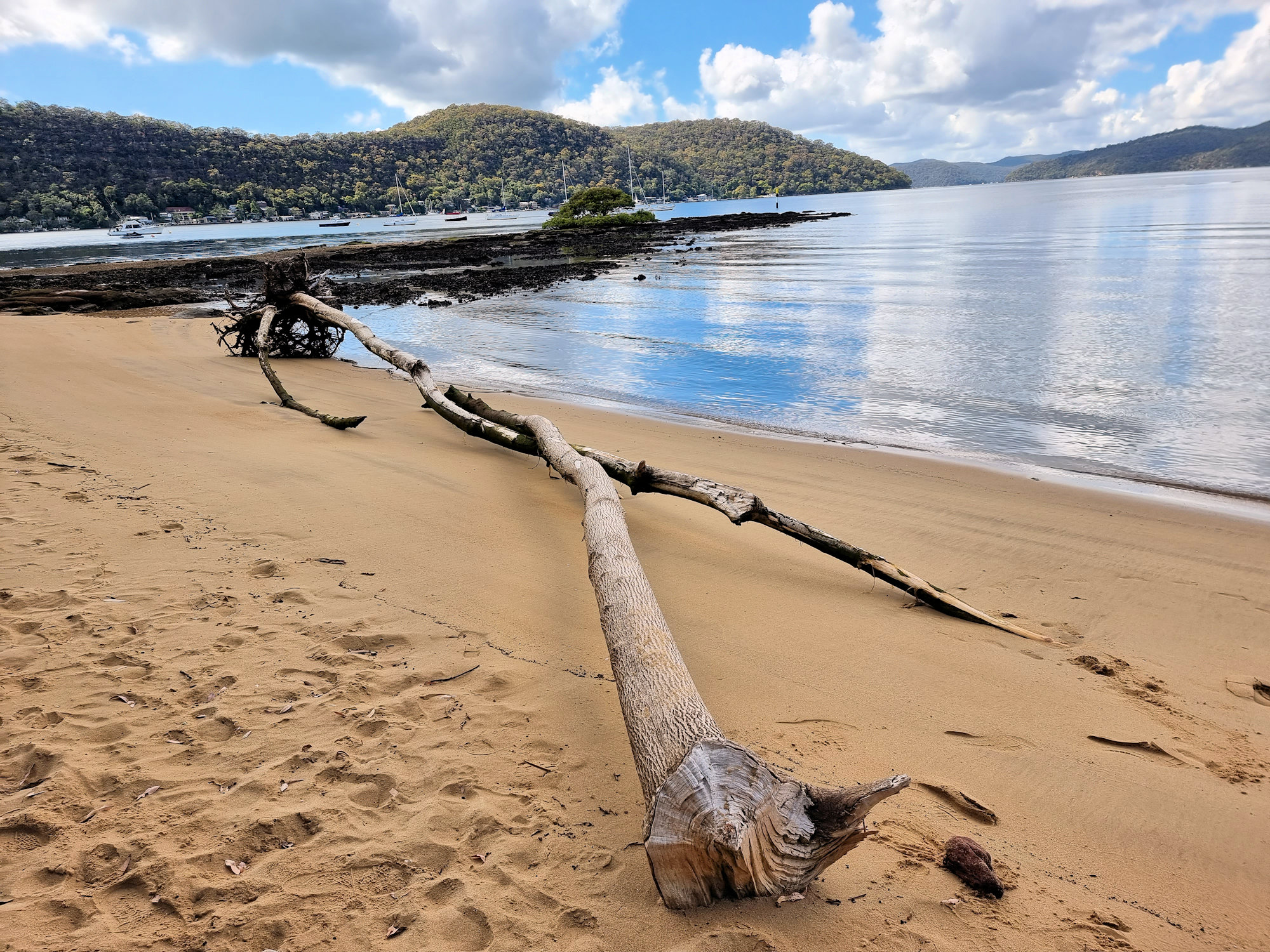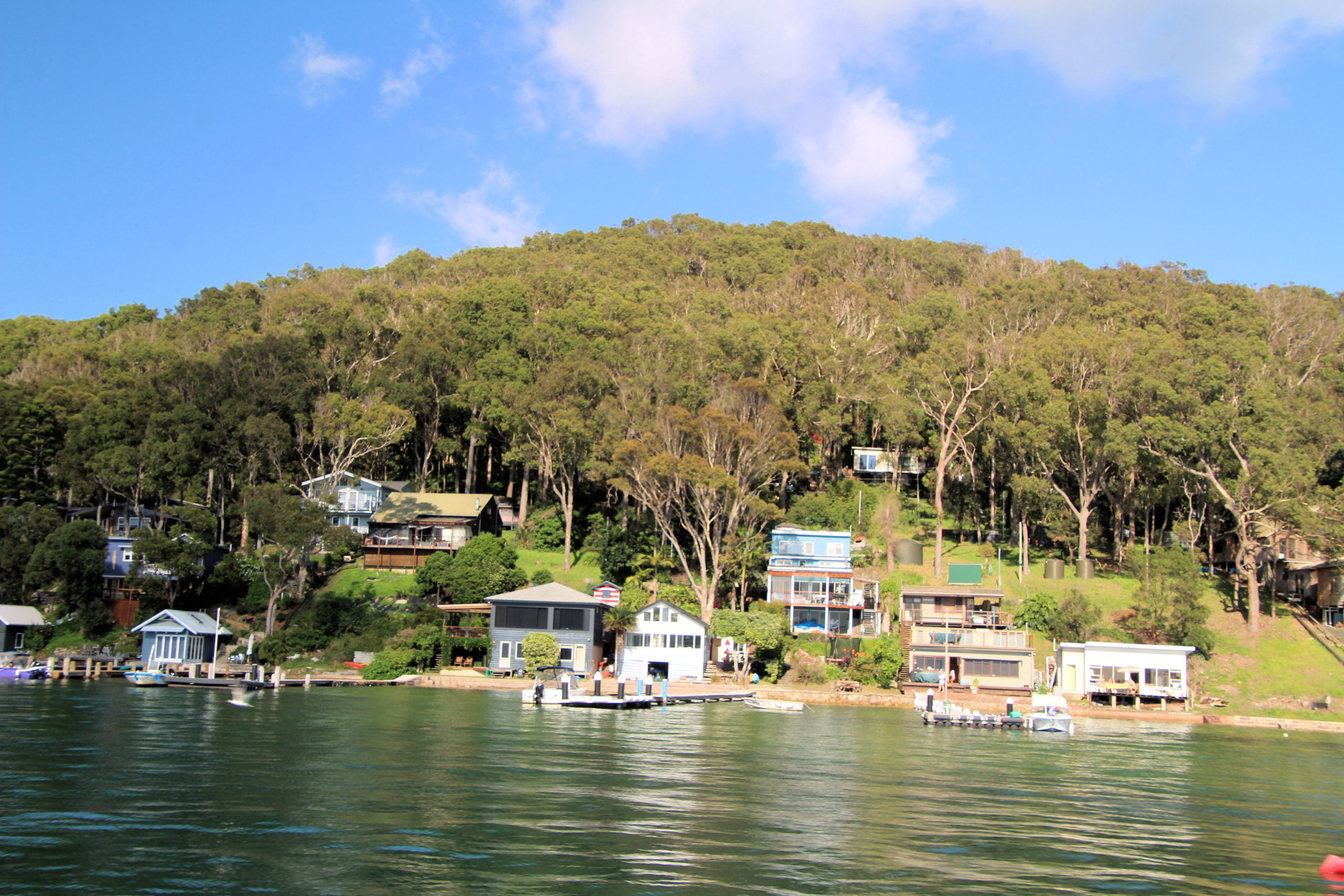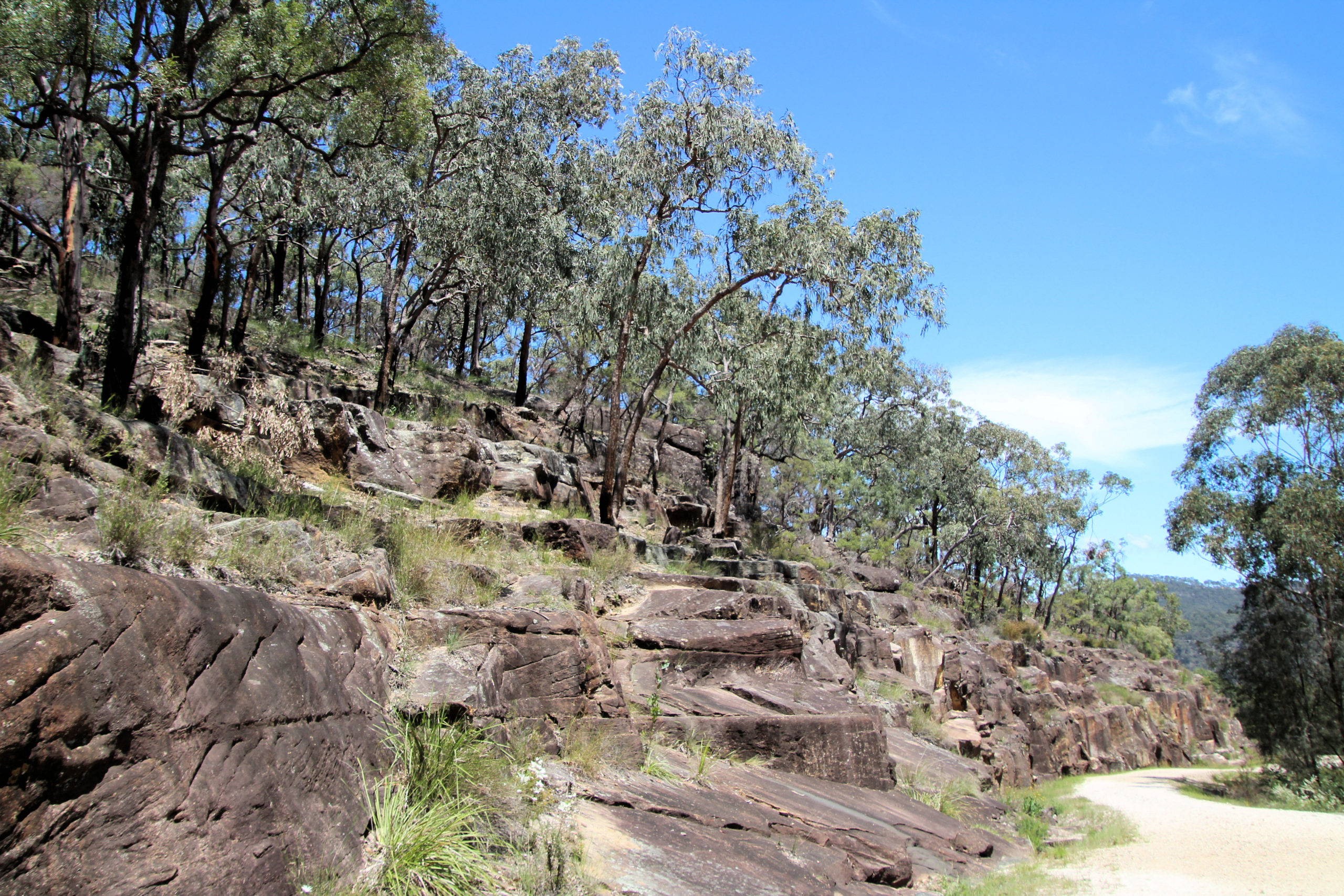Tag: Ferry
-
Dangar Island and Brooklyn Ferry

Dangar Island The first European to visit the area was Governor Arthur Phillip, who explored the lower river by small boat in March 1788 within weeks of the First Fleet’s arrival. He named it Mullet Island, for the abundance of fish in the local Hawkesbury River. The island was purchased in 1864 and renamed by… Read more
-
Scotland Island Ferry on the Pittwater

Scotland Island Ferry Departing from the Church Point Wharf in Sydney’s northern suburbs, the Scotland Island Ferry is a fun cruise on the Pittwater. We found only limited car parking was available, the park next to the wharf was full, as was a council car park down the road. Fortunately, we found a spot on… Read more
-
Wisemans Ferry and the Great North Road

Wisemans Ferry Located on the New South Wales Central Coast and North of Sydney, Wisemans Ferry is a historic town connected to the Great North Road. Hawkins Lookout Wisemans Ferry Travelling north from Sydney, the road passes through some wonderful scenery with very tight windy roads in places. Just outside Wisemans Ferry is Hawkins Lookout… Read more